What’s at stake in industrial robotics?
Today, industrial robotics is a major revolution in production methods. It is redefining processes by integrating cutting-edge technologies to automate tasks that are complex and repetitive.
In the immense digital transformation of French companies, the industrial ecosystem is not left behind. After automation, industrial robotization continues to accelerate, gradually transforming manufacturing processes.
It is no longer simply a futuristic concept, but a tangible reality that is integrated into the very heart of production lines. This development raises essential questions about the purpose and impact of machines that have become essential in today’s factories.
But what does industrial robotics actually mean? Does it mean an empty factory of the future, inhabited only by robots? In this article, TRA-C industrie tells you more about this innovation, whose role goes far beyond mere mechanical execution…
What is industrial robotics?
In practical terms, industrial robotics refers to the use of robots to automate tasks on production lines. But does this vision go so far as to imagine an entirely automated factory of the future, deserted and populated solely by machines?
While this image may seem futuristic, it doesn’t entirely reflect reality. Industrial robots often collaborate with humans, optimizing processes without entirely replacing them…
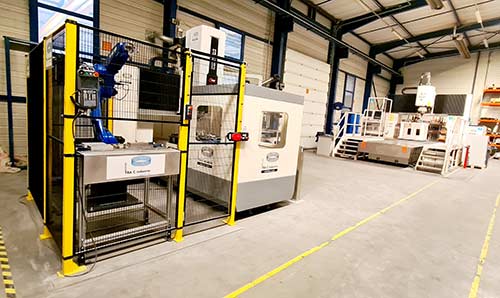
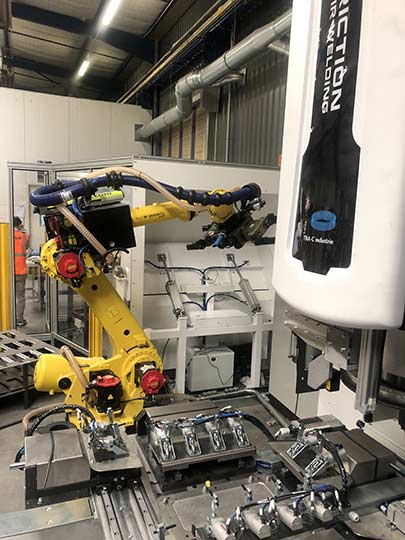
From automation to industrial robotization
The International Organization for Standardization defines an industrial robot as a “reprogrammable, automatically controlled, multi-application manipulator programmable on three or more axes”. Fixed or mobile, they are designed for industrial automation applications, bringing flexibility and precision to processes.
In conventional automation, a machine is programmed to perform a precise, repetitive task without human intervention. For example, a punching machine drills sheet metal according to a predefined pattern, while a filming machine follows an invariable work process.
Industrial robotics, on the other hand, combines a mechanical structure, sensors to process information, a computer language for programming, and a control board. These elements translate the instructions received into precise physical movements.
In Industry 4.0, machines become adaptable thanks to programs that can be revised in real time. They also interact with their environment and humans, offering customized solutions based on needs and opportunities…
Industrial robots and advanced production technologies
Information technology makes industrial robots intelligent, by creating collaboration between the machine, its environment and man. It gives robots flexibility and autonomy, overcoming the rigidity of older models programmed for unchanging tasks.
Artificial intelligence (AI) and human-machine interfaces (HMI) are revolutionizing this dynamic. Interconnected robots learn, adapt and react to their environment, transforming traditional industrial processes into agile, interactive systems!
Advanced technologies such as virtual reality, augmented reality and 3D printing are diversifying industrial robots. They boost their performance by optimizing production, making complex operations smoother and more efficient.
In demanding environments or for repetitive tasks, these flexible robots are increasingly in demand. Thanks to digital advances, they can meet a wide range of needs, improving productivity while reducing human constraints.
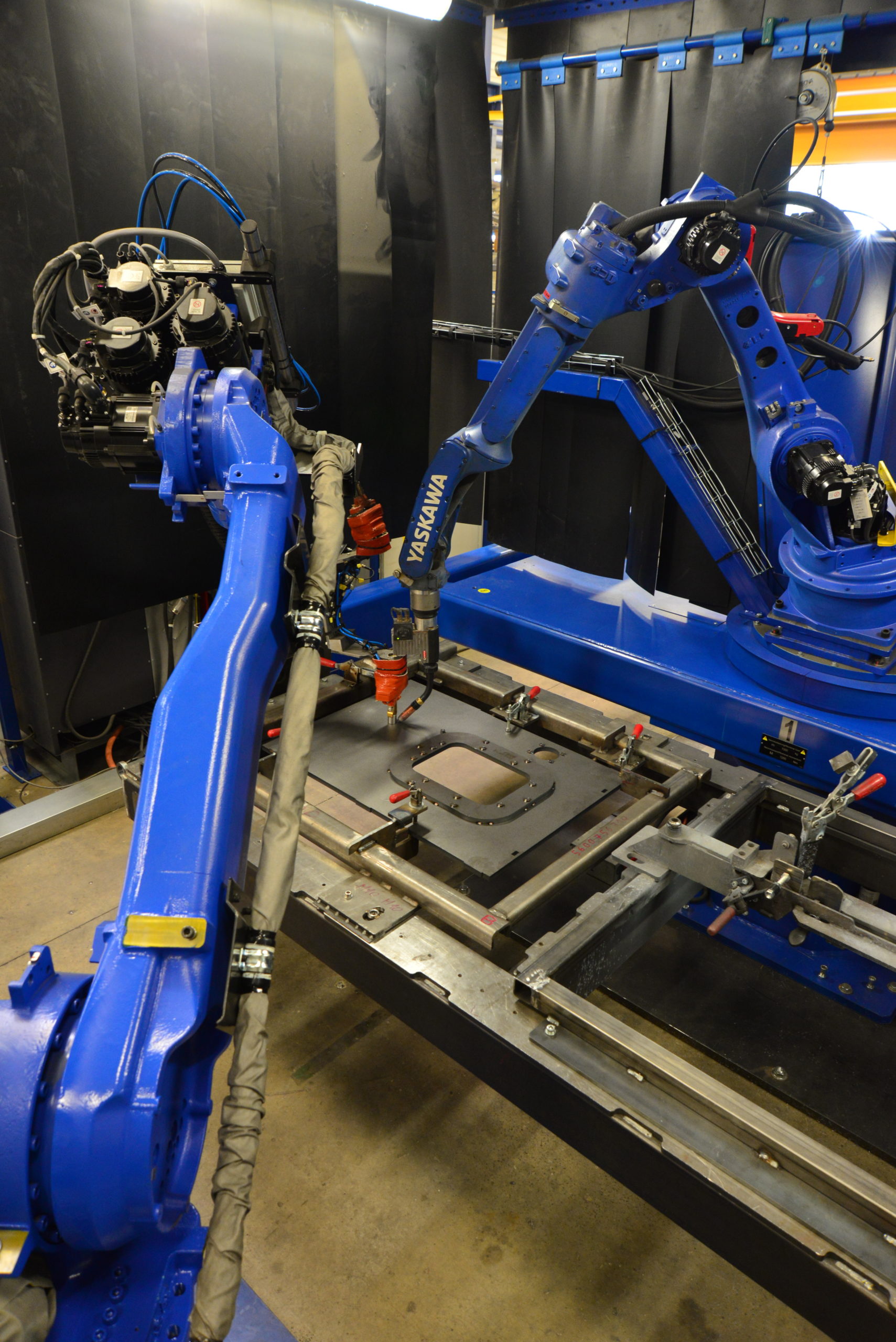
Industrial robotics technologies
In industrial robotics, robots come in several types, each meeting specific needs and revolutionizing work methods:
What are the applications of industrial robotics?
Industrial robotization is particularly well suited to the handling of heavy products, at high production rates or in high-risk environments. It is used in a wide variety of operations, including welding, painting, palletizing, pick-and-place and material handling.
Industrial robotics covers a wide range of sectors, from transport and aeronautics to the automotive and space industries. It also plays a key role in the agri-food, healthcare, cosmetics and mechanical engineering sectors.
Industrial robots come in several families, each offering features tailored to specific needs. High load, number of axes or extended reach: the choice depends on the performance required for the intended use…
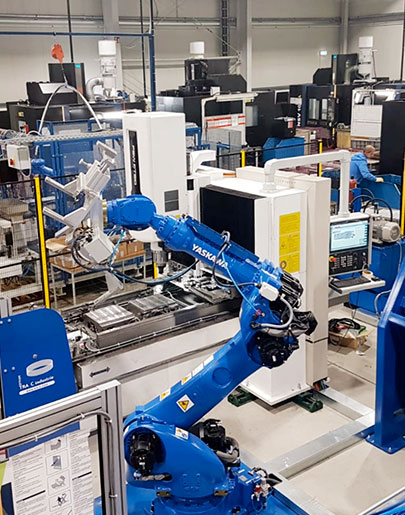
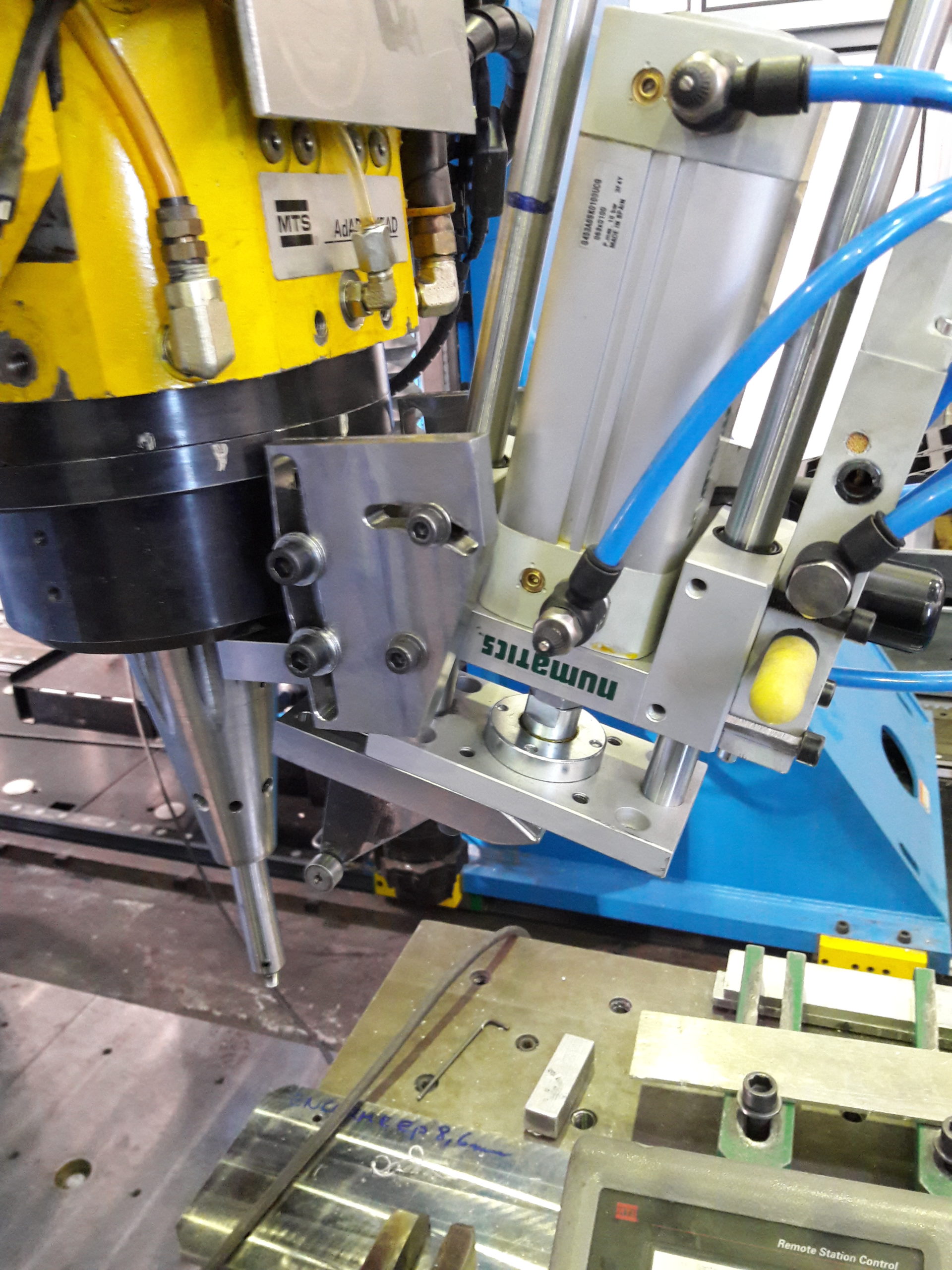
The different types of industrial robots
A robot becomes functional thanks to the tool it carries (welding torch, milling cutter, camera) and the software that drives it. Among the most common configurations are the following:
The articulated robot
Articulated robots, among the most widely used, imitate the human arm thanks to a succession of joints that allow great flexibility. Their ability to perform precise movements makes them the preferred choice for assisting operators in meticulous tasks…
Perfect for reproducing extremely fine gestures ad infinitum, these robots improve product quality while reducing drudgery for humans. They are commonly used for tasks such as paint application, where precision and consistency are essential.
The Cartesian robot
The Cartesian robot operates according to Cartesian coordinates, moving linearly along three fixed axes. Easy to program for repetitive tasks, it excels in loading and unloading machine tools, as well as in applications such as 3D printing.
Ideal for handling heavy loads with precision, it is essential on intensive production lines, particularly for welding or assembling metal parts. Robust and versatile, it is used in operations such as milling, palletizing and pick-and-place order picking.
The polar robot
Unlike the Cartesian robot, which is limited to right angles, the polar robot is expert at 360° rotations. Its articulated arm allows the tool to be oriented in any direction, offering flexibility comparable to that of a human arm!
This versatility is ideal for 3D operations such as welding or assembly, where precision and consistency are essential. Also used as a robot manipulator or for loading and unloading machines, it adapts efficiently to a variety of tasks.
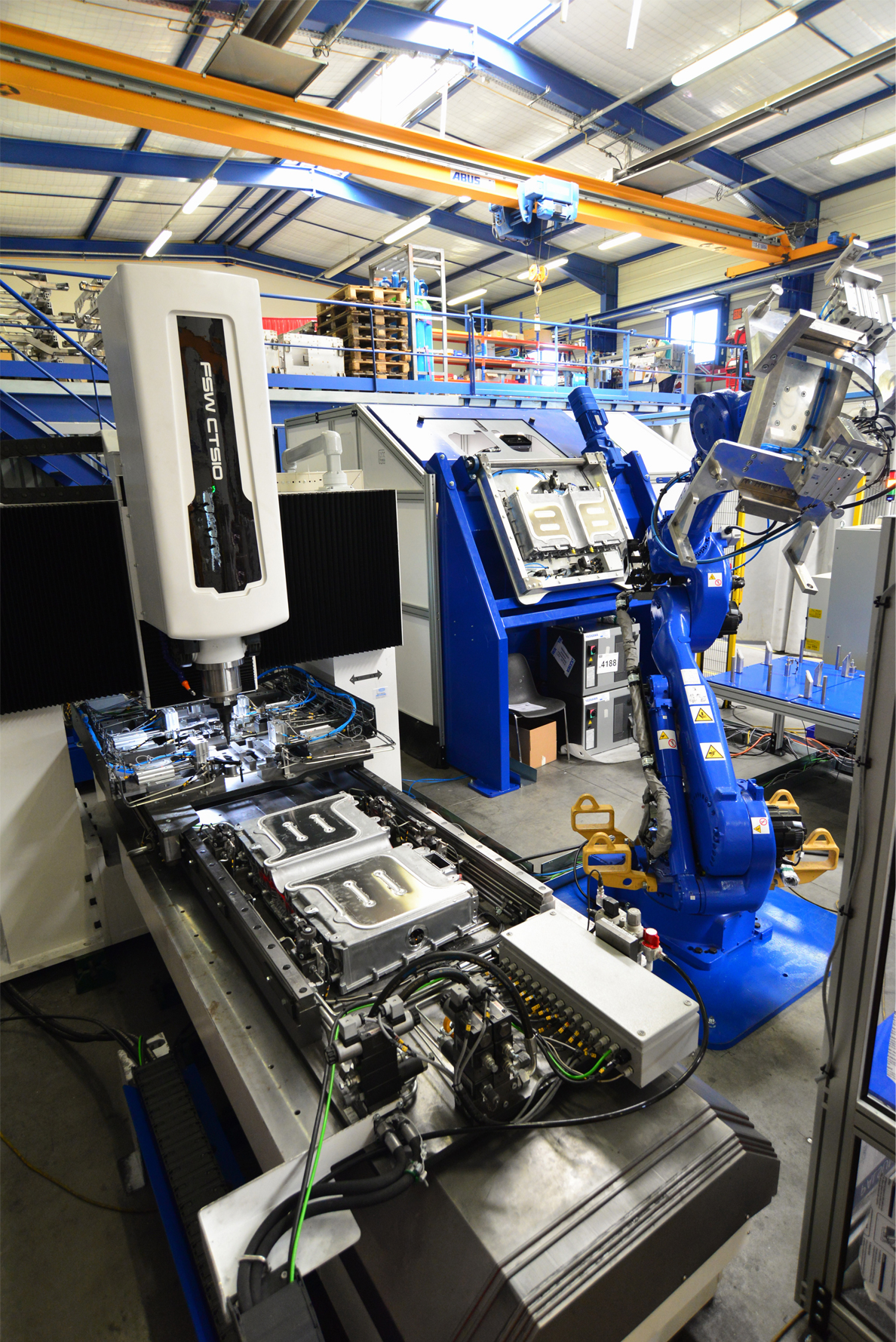
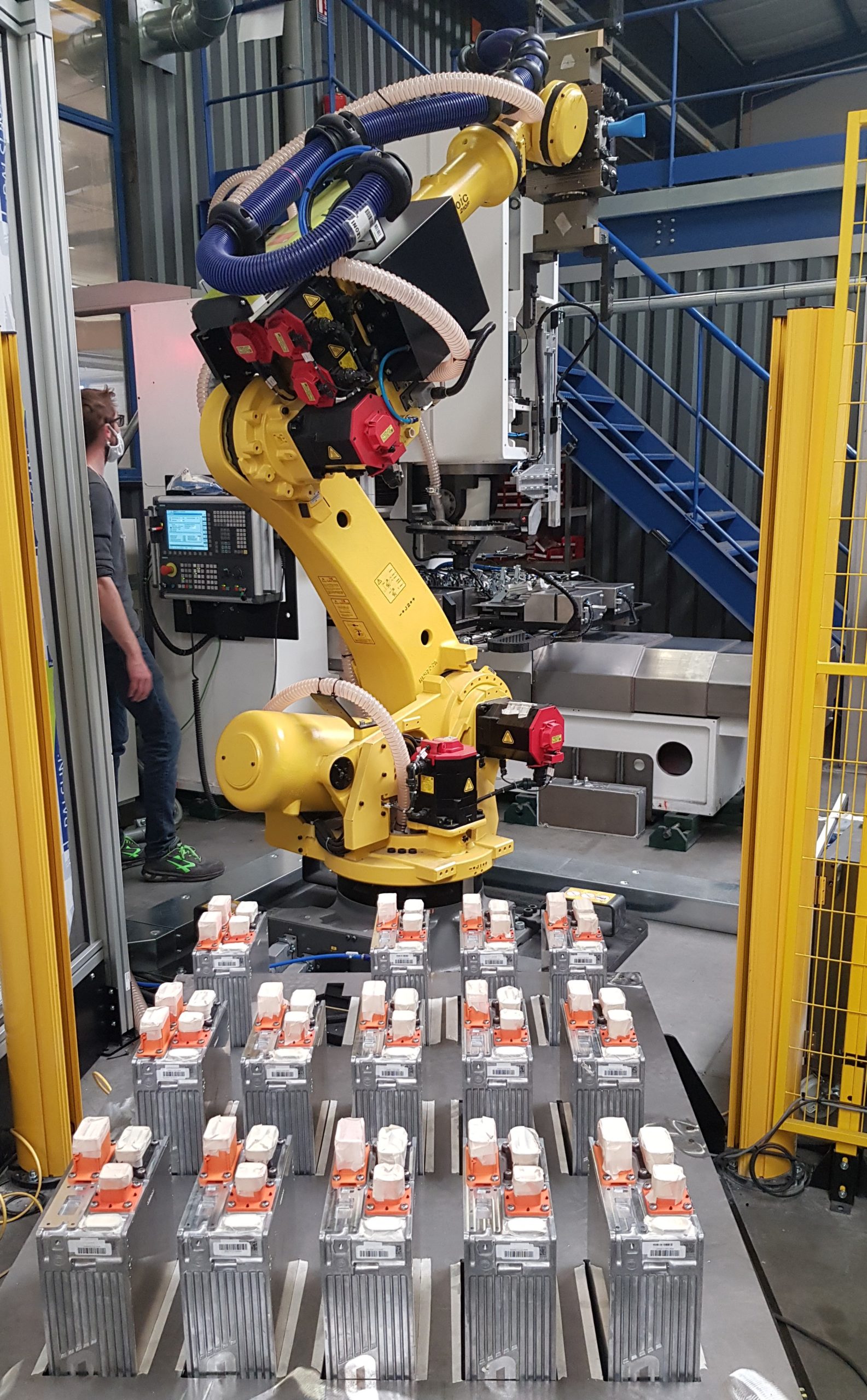
The SCARA robot
The SCARA robot, an acronym for “Selective Compliance Assembly Robot Arm”, is designed to mimic and even exceed the capabilities of a human arm. Capable of vertical movements in confined spaces and rotations on the same plane, it offers remarkable precision at a constant rate.
Compact and fast, it excels in industries requiring meticulous attention to detail and complex assembly. It is found in particular in pharmaceutical and cosmetics packaging, as well as in the automotive industry, where its reliability is invaluable.
The parallel robot
Finally, this industrial robot is based on an innovative design with two bodies linked by several kinematic chains, enabling translations and rotations. The Delta version, emblematic of parallel robots, stands out for its precision and speed of execution.
Capable of handling small objects at high speed, it excels in pick-and-place and delicate handling. It is widely used in the food, pharmaceutical and electronics industries for product and packaging-related tasks.
What are the benefits of industrial robotics?
The industrial robotics market is growing rapidly worldwide, with the rate of equipment constantly increasing. While automation has already proved its effectiveness in accelerating production rates and guaranteeing consistency, the integration of industrial robots into Factory 4.0 is bringing a new, transformative dynamic…
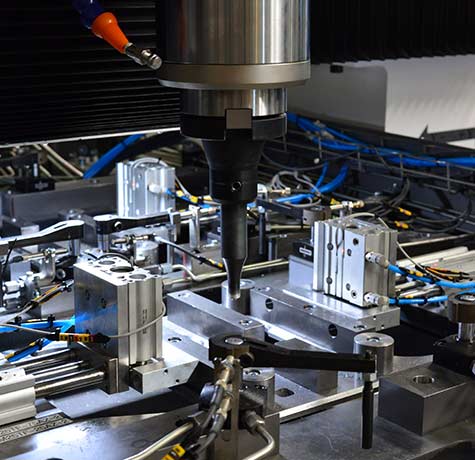

Productivity and quality
Industrial robotics considerably improve quality levels by guaranteeing precise, uniform production. Thanks to this precision, defects are minimized, which boosts customer satisfaction and reduces the costs associated with errors or rejects!
At the same time, productivity increases with optimized process flow and higher output rates. By eliminating idle time, robots boost yields while maintaining impeccably consistent performance.
Safety and comfort
Robotization also reduces the need for dangerous or toxic operations, minimizing the risk of work-related accidents and illnesses such as RSI. This evolution therefore contributes to improving working conditions and protecting operators‘ health.
By taking over repetitive and arduous tasks, machines also reduce the overall difficulty of work. They make industrial jobs more attractive, by providing a more comfortable and rewarding working environment for employees…
Adaptability and competitiveness
Industrial robotization opens up unprecedented prospects, enabling developments that were previously unimaginable. Scalable, flexible and reprogrammable, it offers invaluable adaptability to market changes.
In a context of international competition, this capacity for innovation becomes a strategic asset for strengthening a company’s position. It is a genuine source of competitiveness and an essential lever for anticipating future challenges!
Versatility and profitability
Contrary to popular belief, industrial robotization can be adapted to small production runs, easily integrated into existing systems and easy to maintain. It also saves on consumables, energy and time, while becoming more affordable.
Supported by government subsidies such as the Industrie du Futur plan, it goes beyond mere technical gains. Adopting this concept means launching a strategic project that boosts production, limits indirect costs and improves economic performance.

Integrating industrial robotics thanks to the expertise of an equipment supplier
Integrating industrial robotics is a key to success for modern companies. Whatever the sector, it provides solutions to previously unsolvable problems, opening up new horizons for production and innovation.
By overturning old manufacturing models, it redefines standards of productivity, reliability and efficiency. In a context of heightened competition, these advantages enable companies to stand out from the crowd and strengthen their market position!
TRA-C industrie supports you in this strategic transition by putting its robotization expertise at your service. We design and manufacture robotic solutions tailored to the specific needs of each industrial sector.
Our teams are involved at every stage of your project: analysis of your needs, design in our engineering design office, integration of your special machines and robotized cells, training of your operators, as well as maintenance and servicing.








